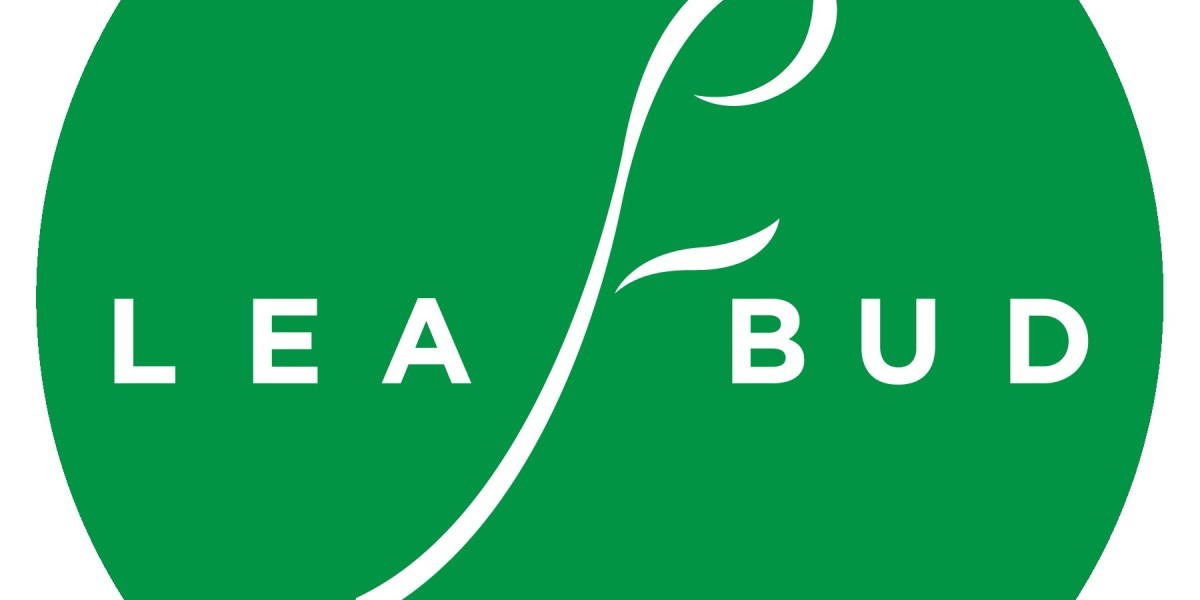Healthcare professionals today face an increasing workload. Between diagnosing patients, providing treatments, and ensuring a high standard of care, doctors and clinicians also spend a considerable amount of time documenting medical encounters. This administrative burden can take away valuable time that should be devoted to patient interaction. This is where the clinical scribe plays a transformative role.
In this article, we will explore what a clinical scribe is, the responsibilities involved, the benefits for healthcare practices, and why hiring or becoming a clinical scribe is becoming a vital aspect of modern healthcare systems.
What is a Clinical Scribe?
A clinical scribe is a professional trained to document patient encounters in real time, assisting healthcare providers by managing the medical record-keeping process. By working alongside doctors, nurses, or physician assistants, scribes handle the administrative tasks of charting patient histories, recording test results, and maintaining accurate electronic health records (EHRs).
The concept of clinical scribes has grown in popularity as electronic health record systems have become more widespread. While these systems improve data accessibility, they also increase the documentation workload. A clinical scribe bridges this gap, ensuring clinicians can spend more time with patients rather than in front of a computer.
Responsibilities of a Clinical Scribe
The role of a clinical scribe is multifaceted and requires strong attention to detail, adaptability, and medical knowledge. Some of the key responsibilities include:
Real-Time Documentation
Recording patient histories, physical examinations, and physician notes during consultations.
Transcribing medical orders and treatment plans directly into the EHR system.
EHR Management
Updating patient charts, test results, imaging findings, and progress notes.
Ensuring all documentation complies with healthcare regulations and standards.
Supporting Clinicians
Relieving the physician of clerical duties so they can focus on patient care.
Acting as a liaison between the physician and other staff by communicating documentation needs.
Data Accuracy
Ensuring that records are detailed, accurate, and updated promptly.
Helping reduce errors caused by rushed or incomplete documentation.
Workflow Optimization
Supporting efficiency in clinical settings by reducing bottlenecks in patient flow.
Allowing providers to see more patients in less time without sacrificing quality.
Skills and Qualifications of a Clinical Scribe
Not everyone can excel as a clinical scribe. The position requires a unique set of skills and qualifications, such as:
Medical Terminology Knowledge: Understanding anatomy, physiology, and healthcare jargon is essential.
Typing Speed & Accuracy: Since scribes work in real time, fast and accurate typing skills are crucial.
Listening Skills: Active listening ensures accurate documentation of physician-patient conversations.
Attention to Detail: A single mistake in documentation could affect a diagnosis or treatment plan.
Adaptability: Scribes must quickly adjust to different physician styles and patient cases.
Confidentiality: Maintaining strict HIPAA compliance and protecting patient privacy is a must.
Typically, clinical scribes may have backgrounds in pre-med, nursing, or health sciences. Many students pursuing careers in medicine use scribing as a stepping stone to gain exposure to clinical environments.
Benefits of Having a Clinical Scribe
The presence of a clinical scribe provides numerous advantages for healthcare providers, patients, and organizations as a whole.
1. Improved Patient Care
Doctors can focus more on patients without being distracted by extensive note-taking. Eye contact, empathy, and communication improve significantly when providers are not multitasking with EHRs.
2. Increased Efficiency
A scribe reduces the time physicians spend on charting. This means more patients can be seen each day, improving both access to healthcare and organizational revenue.
3. Reduced Physician Burnout
The stress of excessive documentation is a major contributor to physician burnout. Scribes relieve this burden, helping providers maintain better work-life balance.
4. Better Documentation Accuracy
With a trained professional handling charting, the risk of errors decreases. Comprehensive and accurate medical records also enhance billing, coding, and compliance.
5. Enhanced Learning Opportunities
For students in healthcare fields, scribing provides firsthand clinical exposure and insights into real-world patient care.
Clinical Scribe vs. Medical Transcriptionist
It’s important to distinguish between a clinical scribe and a medical transcriptionist. While both deal with documentation, their roles differ significantly:
Clinical Scribe: Works in real time, directly observing physician-patient interactions, and entering notes into the EHR.
Medical Transcriptionist: Works after the fact, transcribing recorded physician dictations.
The immediacy and interactive nature of clinical scribing make it a more integrated and proactive role within healthcare settings.
The Future of Clinical Scribes
As healthcare continues to evolve, the demand for clinical scribes is projected to grow. With EHR adoption increasing globally, scribes are becoming indispensable in reducing administrative strain.
Additionally, the integration of AI-powered scribe solutions is beginning to complement human scribes. However, human clinical scribes remain essential due to their ability to interpret nuances, ensure accuracy, and maintain empathy in clinical documentation.
The future will likely see a hybrid model where scribes and AI tools work together to optimize healthcare documentation and patient outcomes.
Why Choose Clinicscribe?
At Clinicscribe, we specialize in providing highly trained clinical scribes who enhance efficiency and patient care in healthcare facilities. Our scribes are skilled in real-time documentation, EHR management, and ensuring compliance with healthcare standards.
Whether you are a clinic looking to reduce administrative burden or a medical professional seeking to improve patient care, Clinicscribe offers tailored scribe solutions to meet your needs. By partnering with us, you can expect:
Accurate and timely medical documentation.
Increased physician productivity and reduced burnout.
Seamless integration with your existing EHR systems.
A patient-focused approach that enhances healthcare delivery.
Conclusion
The role of a clinical scribe is vital in today’s fast-paced healthcare environment. By alleviating the burden of documentation, scribes empower physicians to focus on what truly matters—delivering quality patient care. From improving efficiency to reducing burnout and ensuring accurate records, the benefits of clinical scribes are undeniable.
As technology advances and healthcare demands grow, clinical scribes will remain an integral part of the medical workforce. Partnering with trusted providers like Clinicscribe ensures your practice stays ahead, combining efficiency with compassionate care.






